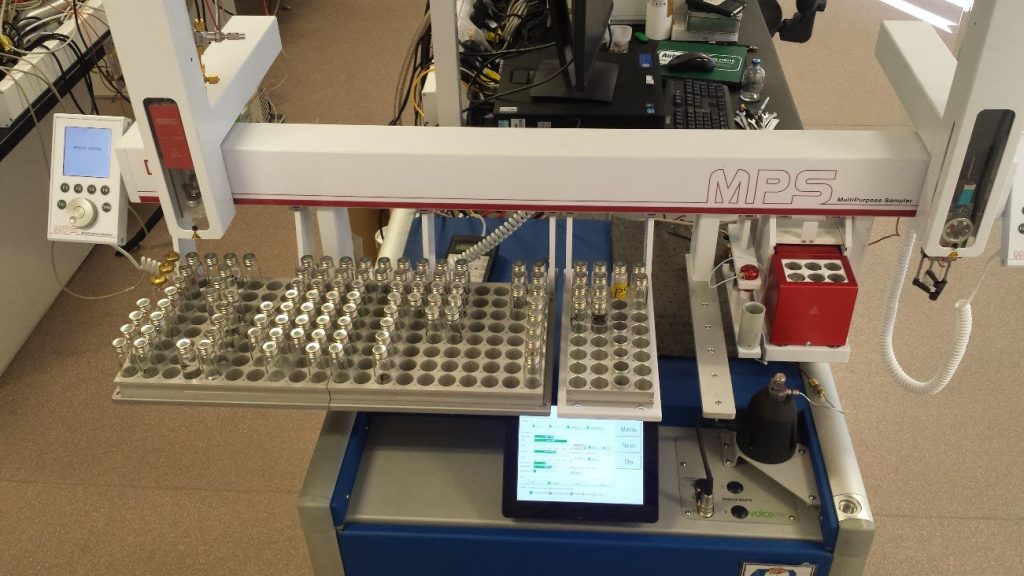SIFT-MS Offers a Rich New Source of Academic Research Topics
When a powerful new analytical technique comes along, it always offers novel ways of looking at existing problems – whatever your field of study!
Selected Ion Flow Tube Mass Spectrometry (SIFT-MS) could well be a key element in unlocking funding for projects that are close to your heart!
Recently Anatune, along with the University of York, successfully applied for funding solely through the Defence and Security Accelerator Program, as part of the Future of Aviation Security themed competition. This funding was awarded for a project looking at high-throughput baggage and clothing screening for explosive vapours using SIFT-MS.
The question asked is can the real-time volatile analysis capability of the SIFT-MS be used as an explosive screening tool?
The instrument is definitely quick and has proven capability as a screening tool but can explosive vapours be measured?
An initial experiment was set up to investigate.
Sample Preparation
A small amount of 2,4-dinitrotoluene was added to a 20ml headspace vial and placed on the autosampler tray. The vial was then transferred to the incubator and heated at 60°C for 15 minutes. The headspace syringe heated at 60°C was then used to take 2.5ml of the headspace. This was injected into the SIFT-MS inlet at a rate of 200µL/s.
Voice200ultra Parameters:
Carrier gas – 99.999+% nitrogen
Heated inlet temperature – 120°C
Inlet flow (via restriction capillary) – 22mL/min
Flow tube temperature – 110°C

The lab set-up of the Voice200ultra SIFT-MS with the GERSTEL autosampler

The LabSyft software graph showing the concentration (ppm) of 2,4-Dinitrotoluene vapour detected by the SIFT-MS using three reagent ions H3O+, NO+ and O2+.
After injection of the controlled DNT vapour using the autosampler, the mass spectrometric signal was then followed in real-time using the Syft software. The absolute amount detected is clearly very high. The purpose of the experiment was to see if explosive vapour could be detected and which reagent ion may give the best response. It is clear that all three reagent ions give an excellent response to the DNT and that choice of ion would in practice be guided by optimal signal to noise, and the ion which showed lowest interference for a given environment. This work is very preliminary but shows promise.
This work was made possible by applying for a funding stream aimed at innovative projects looking for initial investigations.
This work will continue for the next couple of months after which we will apply for further funding to take this forward.
So get your thinking cap on!!
How can the sensitive and selective, real-time measurement of volatile compounds of all polarities shed new light on your field of interest?
If you have an idea that you would like to discuss, please give us a call on +44 (0)1223 279210 or email: enquiries@anatune.co.uk.
Previous post
Volatile Biomarkers in Biomedical ResearchNext post
It’s Here!
